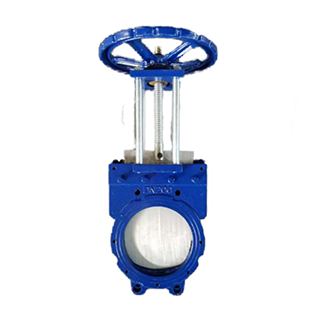Exploring the Design and Functionality of Balanced Safety Relief Valves in Industrial Applications
Balanced Safety Relief Valves Ensuring Safety and Efficiency in Pressure Systems
In industrial processes where fluids and gases are transported, stored, or processed, the management of pressure is paramount. Safety relief valves (SRVs) are crucial devices used to protect pressure vessels and piping systems from overpressure conditions, which can lead to catastrophic failures. Among the various types of safety relief valves, balanced safety relief valves stand out due to their unique design and operational advantages.
Understanding Balanced Safety Relief Valves
A balanced safety relief valve is designed to automatically release excess pressure from a system to prevent damage. The term balanced refers to the valve's construction, which employs a unique mechanism to mitigate the effects of back pressure on the valve operation. This design feature is particularly important in applications where the pressure downstream of the valve may fluctuate, as it allows the valve to open and close reliably under varying conditions.
The balanced SRV typically consists of a spring-loaded disc that sits on a seat. When the pressure in the system exceeds a predetermined limit, the force exerted by the fluid on the disc overcomes the spring force, allowing the valve to open and release the excess pressure. Once the pressure is reduced to a safe level, the spring mechanism works to close the valve automatically.
Benefits of Balanced Design
One of the key benefits of balanced safety relief valves is their ability to maintain performance despite back pressure. In traditional safety relief valves, the presence of back pressure can inhibit the valve's ability to open, potentially allowing dangerous overpressure to build up within the system. However, the balanced design minimizes this effect by utilizing a secondary mechanism, often involving a secondary pressure chamber that equalizes the pressure above and below the disc. This equalization ensures that the valve can respond accurately to upstream pressure changes, providing a consistent safety response.
balanced safety relief valve

Another advantage of balanced SRVs is their suitability for a wide range of applications. They are commonly used in industries such as oil and gas, chemical manufacturing, and power generation, where variations in pressure can occur frequently. The balanced design not only enhances safety but also improves system efficiency, as it allows for more accurate pressure regulation without the risk of valve chatter or premature cycling.
Applications and Considerations
When selecting a balanced safety relief valve, engineers must carefully consider the specific requirements of their application. Factors such as the type of fluid or gas, operating pressure, temperature, and the potential for back pressure must all be evaluated. Additionally, proper installation and regular maintenance are essential to ensure optimal performance and longevity of the valve.
Balanced safety relief valves also come in various materials and configurations to suit different operational environments. Choosing the right valve material is crucial for preventing corrosion and wear, particularly in chemical processing applications. Furthermore, integrating the valve into the overall safety and emergency response plan of a facility is vital for comprehensive risk management.
Conclusion
In summary, balanced safety relief valves are critical components in maintaining the safety and efficiency of pressure systems across various industrial sectors. Their innovative design allows for reliable operation even in the presence of back pressure, offering enhanced safety without compromising performance. As industries continue to prioritize safety and efficiency, the role of balanced safety relief valves will only become more significant, underscoring the need for careful selection, installation, and maintenance to safeguard against overpressure incidents.
-
Breakthrough in Domestic Low Temperature Valve Technology in ChinaNewsAug.18,2025
-
From Machinery to Intelligent Brain: The Digital Transformation Wave of the Valve IndustryNewsAug.18,2025
-
PCVEXPO 2025NewsAug.18,2025
-
The Key to Fluid Control: Exploring the Advantages of Ball Valves in Industrial SystemsNewsJul.09,2025
-
The Versatile World of 1, 2, and 3 Piece Ball ValvesNewsJul.09,2025
-
Stainless Steel Ball Valves: The Ideal Choice for Efficient Flow ControlNewsJul.09,2025
-
Optimizing Fluid Control with Ball Float ValvesNewsJul.09,2025




